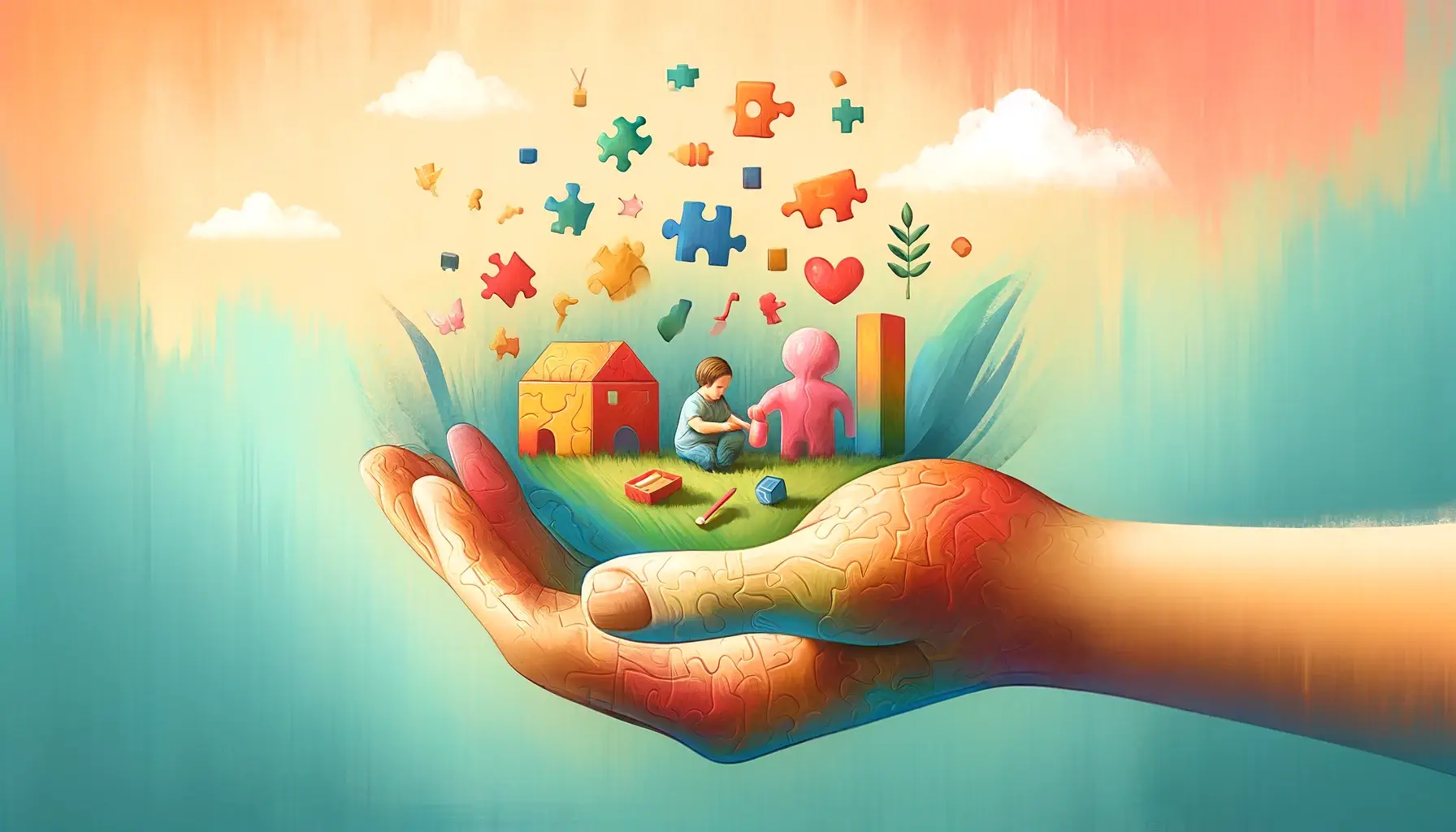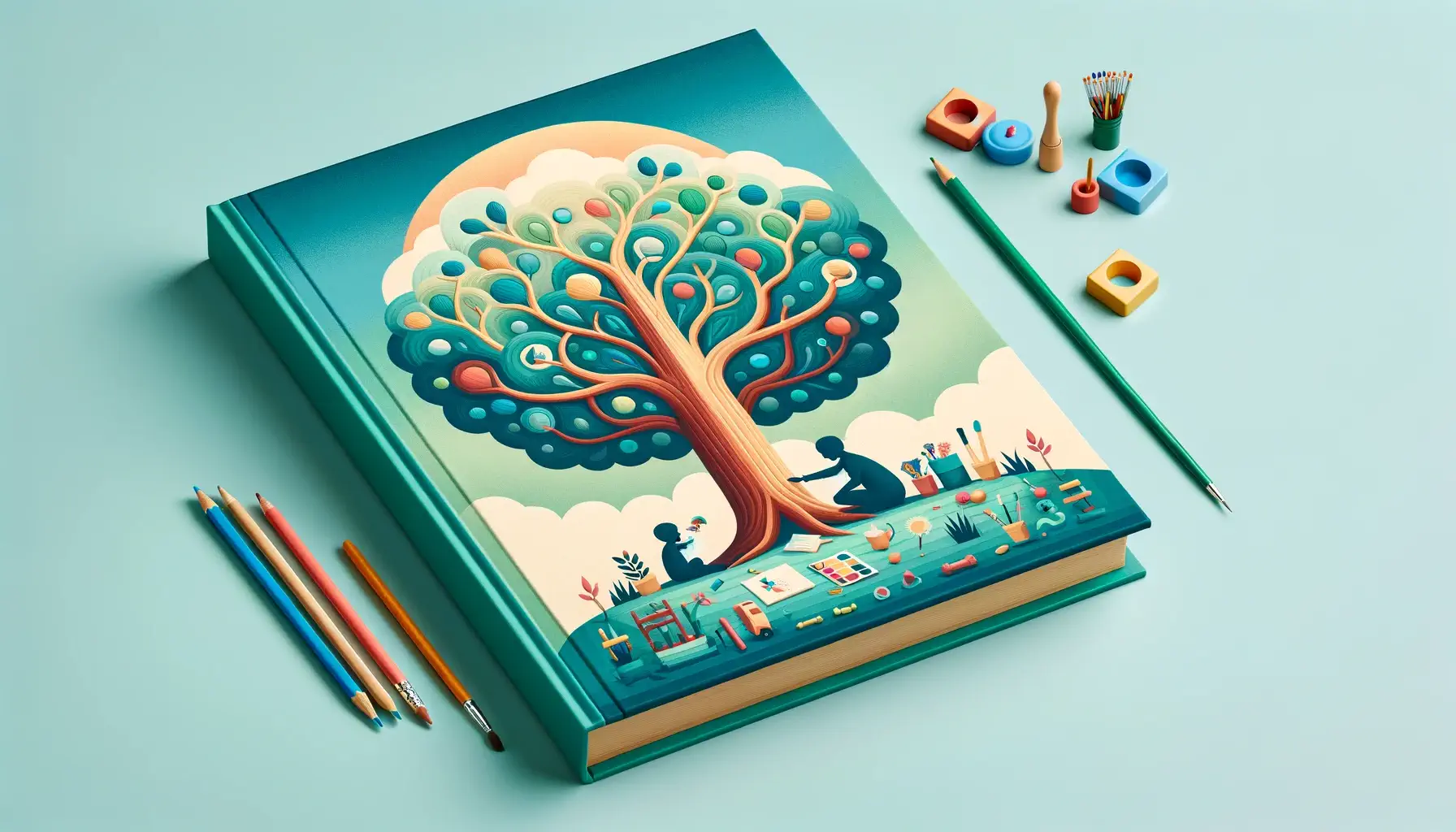Follow the
Made Simple Blog
Concise and actionable advice from senior EMDR thought leaders, delivered to your inbox monthly
Made Simple:
EMDR for Kids
8 Tips to adapt the 8 Phases of EMDR to Kids

In one sentence: A little creativity is all you need to adapt the eight phases to children.
In one paragraph: EMDR can be used with children to great effect—but it requires you to consider how each phase can be adapted to the child’s emotional and developmental capacity, how creativity and playfulness can help you with that, and how caregivers can best be integrated in the process.

Many child therapists finish EMDR Basic Training and are left wondering how they will implement and adapt this potent form of therapy with their young clients.
While some organizations are beginning to launch child-focused EMDR Basic Trainings, the majority still predominantly focus on working with adults.
With a bit of creativity and playfulness, you can adapt each of the eight phases of EMDR to serve your young clients’ needs:
Phase 1: Include caregivers in the intake and make it playful
The unique and challenging aspect of working with children is that we will inevitably also work with their grown-ups. It is imperative to include the parents and caregivers in the intake process from the start, as they can provide additional context and information on the child’s history.
But be sure to leave plenty of room for the child to tell their own story, and don’t be afraid to deviate from the formal interviewing process. Allow yourself to be creative, integrating games or playful art activities to gather information from the child and family about their story.
Phase 2: Be prepared for an extended preparation phase
In order to help a child understand how EMDR works, it’s necessary to first assess their cognitive and emotional development and capacity. Furthermore, it’s equally important to assess the child’s family’s developmental levels as well, as family members will play a critical role in supporting the child throughout their EMDR journey.
It’s imperative that family members understand what to expect throughout the process. With young children you may need to spend much more time and effort helping the child understand the basics of emotional literacy and teaching them coping skills. Concurrently, you will also need to involve the child’s caregivers when appropriate, and provide them with adequate psychoeducation and guidance.
Phase 3: Enable creative self-expression to aid assessment
During the assessment phase a variety of creative tools can help the process. Consider using toys, puppets, sand trays, legos, dolls, or drawings and letting the child choose a medium they feel comfortable with to convey images, negative thoughts, positive thoughts, and other relevant components that match the issue they're dealing with.
Even using Google images and YouTube videos can make it easier for kids to share how they're feeling and provide a window into what they're thinking.
Phase 4: Don’t be afraid to desensitize out of the box
When it’s time to begin the reprocessing, you’ll find that play is your greatest ally when encouraging younger children to engage in bilateral stimulation. Younger kids may want to get moving, or use musical instruments and toys.
For older kids, the haptic feedback on video game controllers (like a Nintendo Switch Joy-Con) might be as enticing as it is effective.
It may also be helpful to reduce the amount of passes during bilateral stimulation (12-20) as kids’ attention spans can be much shorter than adults’.
As you apply these EMDR tips and tools to your practice when working with children and teens, remember that every child is unique and different — there isn't a one-size-fits-all approach.
Phase 5: Reinforce positive beliefs from all angles
Hooray! It's exciting when children float through the installation phase and begin feeling like their positive cognition is feeling more true. As children are still undergoing cognitive development while absorbing so much conflicting information from the external world, EMDR can be a great asset in helping them incorporate self worth into their developing identities.
During Phase 5, it is imperative that you work with the other grown-ups involved with the child (parents, caregivers, teachers, coaches etc.) to help reinforce the child’s positive self esteem.
Make sure to help the adults in the child’s life understand how important it is for them to provide praise, positive feedback and compliments to help establish those adaptive memory networks.
Phase 6: Strengthen the mind-body bridge
The opportunities to be playful while helping a child complete a body scan are abundant. Spending ample time in Phase 2 provides the basis for children to learn about how thoughts and emotions are connected to their bodies. Teaching children to identify how their body feels when they feel anxious, angry, scared, will aid them during each body scan.
Depending on the age of the child, you may find it helpful to use dolls, stuffed animals, legos, stickers, or dress up and role play activities when carrying out body scans to help children identify where distress still remains in the body.
Phase 7: Close sessions creatively but consistently
When closing EMDR sessions with children, thoughtful planning and consideration goes a long way.
Allocating time for the child to engage in a fun or calming activity before they leave the office helps them regulate and debrief before reentering their daily life.
For some children, it may also be helpful to plan on having their grown-up rejoin the session to support the child as needed for the last portion of reprocessing. It is essential to remain consistent with how a child’s EMDR sessions come to an end so they know what to expect.
Phase 8: Child-friendly reevaluation
Two, four, six, eight! Let us reevaluate!
When checking in with children about what they’ve noticed since the last EMDR session, we need to make sure that the process is developmentally appropriate.
Adapting the standard reevaluation questions to be child-friendly can help us get a better sense of the child's experience. Additionally, it is important to have a variety of mechanisms in place where children can provide a report nonverbally. For example, using visuals such as a feelings chart can help children identify how their experience was after an EMDR session without saying much at all.
Lastly, make sure to establish a consistent way of checking in with the child's caretakers to understand how the child is responding to EMDR and assess if anything needs to be adjusted.
The Takeaway
EMDR is a powerful method of therapy and with a little creativity can be used with children to great effect.
As you apply these EMDR tips and tools to your practice when working with children and teens, remember that every child is unique and different — there isn't a one-size-fits-all approach.
To further deepen your knowledge and skills in implementing EMDR with kids, consider attending advanced EMDR training, seeking advice from consultants who specialize in EMDR with children, and connecting with other child EMDR therapists.
Doing EMDR with kids? Check out Christine's new EMDR for Kids Therapist Directory, which connects you with kids and families looking for EMDR therapy.
More Articles
Follow the Made Simple Blog
By bilateralstimulation.io
Concise and actionable advice from senior EMDR thought leaders,
delivered to your inbox monthly
© Copyright bilateralstimulation.io BLS GmbH 2025
